By Rob Enderle for Torque News
March 21, 2025
GM, which has struggled with self-driving technology, has partnered with the leader in this technology, NVIDIA, to create future lines of ultra-safe Self-Driving Cars.

By Rob Enderle for Torque News
March 21, 2025
GM, which has struggled with self-driving technology, has partnered with the leader in this technology, NVIDIA, to create future lines of ultra-safe Self-Driving Cars.
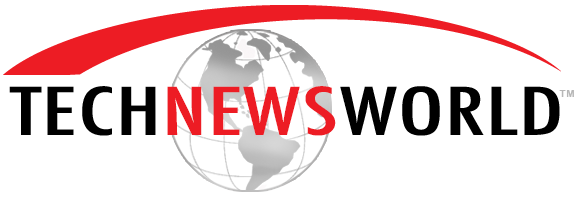
By Rob Enderle for Tech News World
This AI-feeding frenzy reminds me more and more of the dot-com bubble in the late 1990s, but with less focus on overpaying employees. As it was then, the core issue now is companies screaming that their AI is better, but most buyers are still not well enough informed or trained to deploy AI effectively.
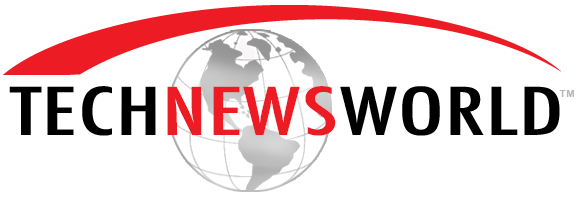
By Rob Enderle for Tech News World
The Stargate project is one massive AI build-out that sounds a lot like Skynet. When coming up with a name, they probably decided Skynet would be too much on the nose and picked a name that had virtually nothing to do with what they were actually building.
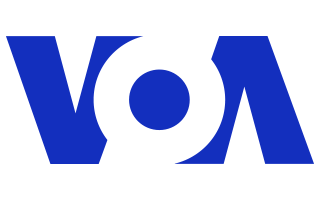
Featuring Rob Enderle in VOA News
Home appliances that do chores, cars that know your favorite cafe, and robot pets aiming to please are among artificial intelligence-infused offerings at the Consumer Electronics Show opening Tuesday.

Featuring Rob Enderle in TaiPei Times
Gadgets, robots and vehicles imbued with artificial intelligence (AI) would once again vie for attention at the Consumer Electronics Show (CES) this week, as vendors behind the scenes would seek ways to deal with tariffs threatened by US president-elect Donald Trump.
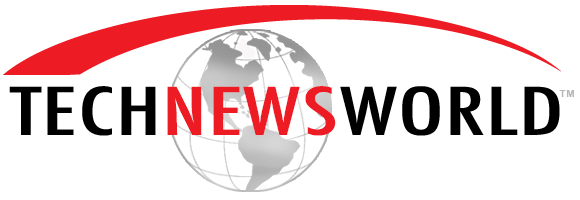
Rob Enderle for Tech News World
Rob Enderle's curated list of standout tech gifts that are sure to impress includes innovative gadgets to elevate your or your loved ones' every day life.

By Rob Enderle for Datanami
I do a series of weekly podcasts for the Word Talent Economy Forum mostly focused on AI. One of them this month was on how to Improve Talent Acquisition and Management. It’s an area in which I think generative AI, particularly conversational AI, could make a huge difference in HR, which was originally created as a hedge against unionization as a better alternative.

By Rob Enderle for TechNewsWorld
With the advent of AI and rapidly changing corporate needs and performance, many companies have announced layoffs this year, and I expect we are far from done.

By Rob Enderle for Techspective
AI is reaching the end of its hype cycle. Reality stepped in when people realized it wasn’t as useful yet as they thought it would be, and the vast majority of AI deployments currently fail to meet expectations.

By Rob Enderle for TDWI
As we roll out AI, we are focusing too much on productivity and not enough on the things that truly need fixing.

By Rob Enderle for Techspective
Every industry has the same problem: figuring out what customers will want in a three-, five-, or 10-year timeframe. The reason we need to know what customers will want is that it takes from three to 10 years to create a new product, evaluate it, assure it, then bring it to market. Apple’s late CEO Steve Jobs figured that out early on.

By Rob Enderle for TGDaily
When it comes to AI deployments, two companies stand out for their breadth of offerings, but only one of the two currently has the experience to better assure the outcome.

By Rob Enderle for TDWI
When we talk about “Edge Computing,” we are often talking about PCs, but PCs are a tiny part of the edge that will enable the coming AI world. The real volume will be in sensors that give the deployed AIs the ability to sense and interact with the world around us.

By Rob Enderle for Techspective
There has been a joke going around my community that goes something like this: “OMG, AI is taking our jobs. All users will need to be able to do is describe what they want an app to do, and AIs will do the work without us!” The response is, “No worries. When has a user ever been able to describe what they want?”

By Rob Enderle for TDWI
AI vendors that interoperate and partner well should significantly outperform their competitors.

By Rob Enderle for Techspective
Twenty years ago, NVIDIA and Microsoft were nowhere with AI, while IBM’s Watson was winning Jeopardy! and later taking on professional debaters. Conventional knowledge was that IBM was going to own AI, but no one seemed to care since projections at the time indicated that AI wouldn’t take off until sometime around 2040 when general-purpose AI was expected to become viable.

By Rob Enderle for Techspective
IBM is one of the oldest IT services organizations in the world. The firm stands out historically for looking at problems holistically instead of cherry-picking a few aspects of a particular problem.

By Rob Enderle for Techspective
There are a lot of areas where AI can be focused and make a difference, including employee productivity, marketing, sales, customer support, manufacturing, medicine, aeronautics, robotics, and governance. But one of the most interesting is logistics. During the Covid pandemic, we saw that everything we buy and consume depends on logistics. If we don’t have access to the materials and technologies we need to build products or deliver food, everything shuts down.
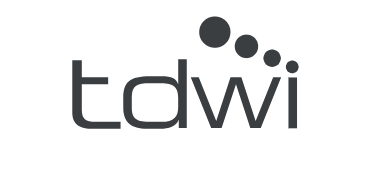
By Rob Enderle for TDWI
Hybrid AI is one of the big trends for 2023, but not all hybrid AI solutions meet an essential condition.
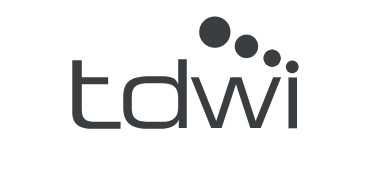
By Rob Enderle for TDWI
Most AI implementations are cloud-based. Hybrid AI lets you split the AI processing load. We explore the advantages and use of this technology and what’s ahead.

By Rob Enderle for TG Daily
Every chip vendor is in a race to provide the best hardware to compete in the massively accelerating AI market.
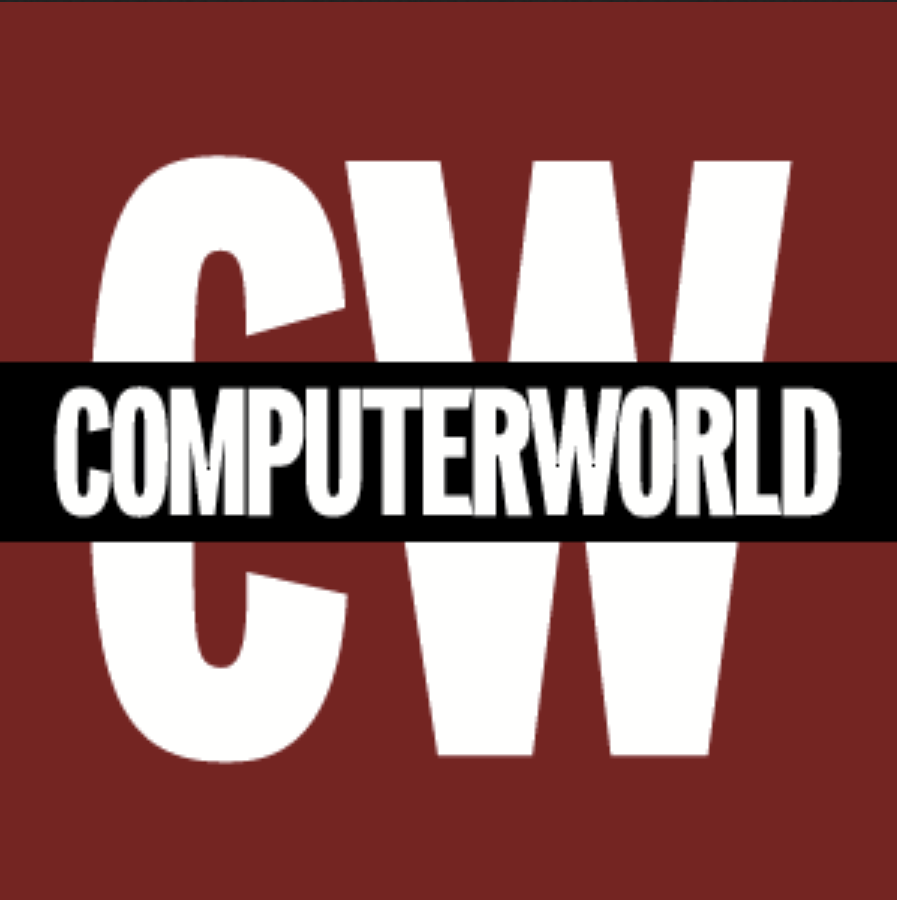
By Rob Enderle for ComputerWorld
We are increasingly using AI to create and maintain relationships with customers, but the real short-term need is in creating and maintaining relationships with our employees.

Rob Enderle for Techspective
AMD, Intel and Qualcomm are building NPUs (neural processing units) into their smartphone and PC solutions. Microsoft has already created an NPU, and OpenAI is talking about creating its own NPU, as well.
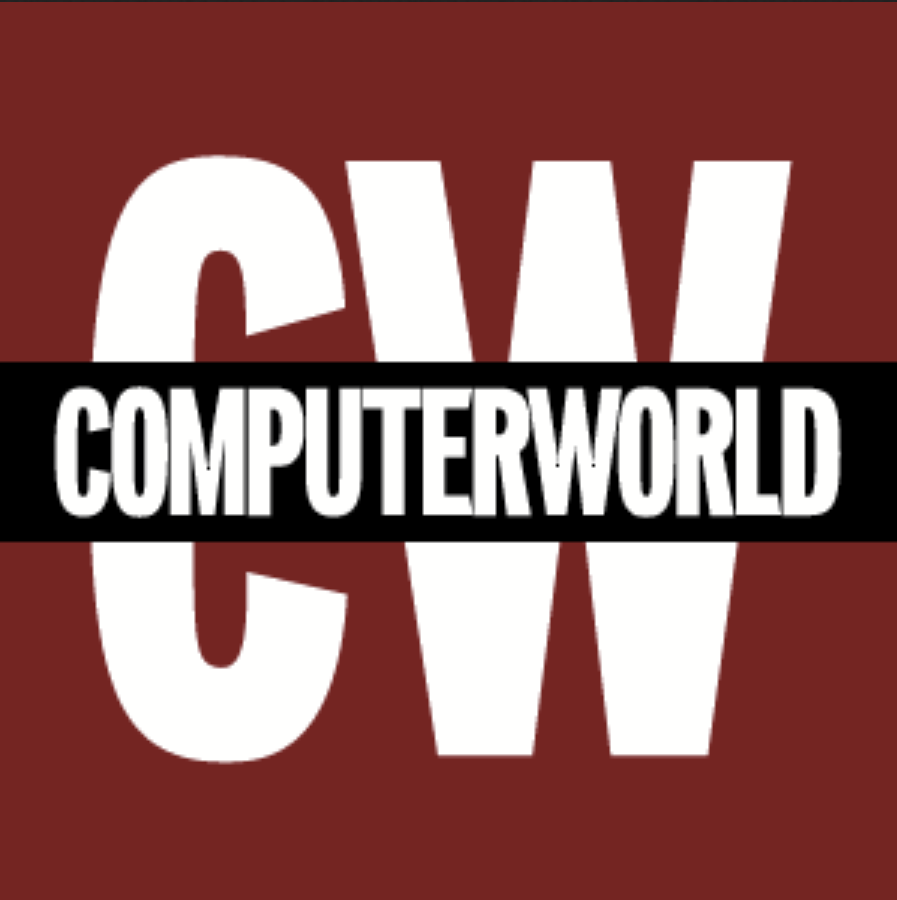
By Rob Enderle for ComputerWorld
The companies highlighted conferencing products that are flexible, reconfigurable, and interoperable, allowing for a best-of-class, multi-vendor solution that lets you selectively swap out components as technology advances.
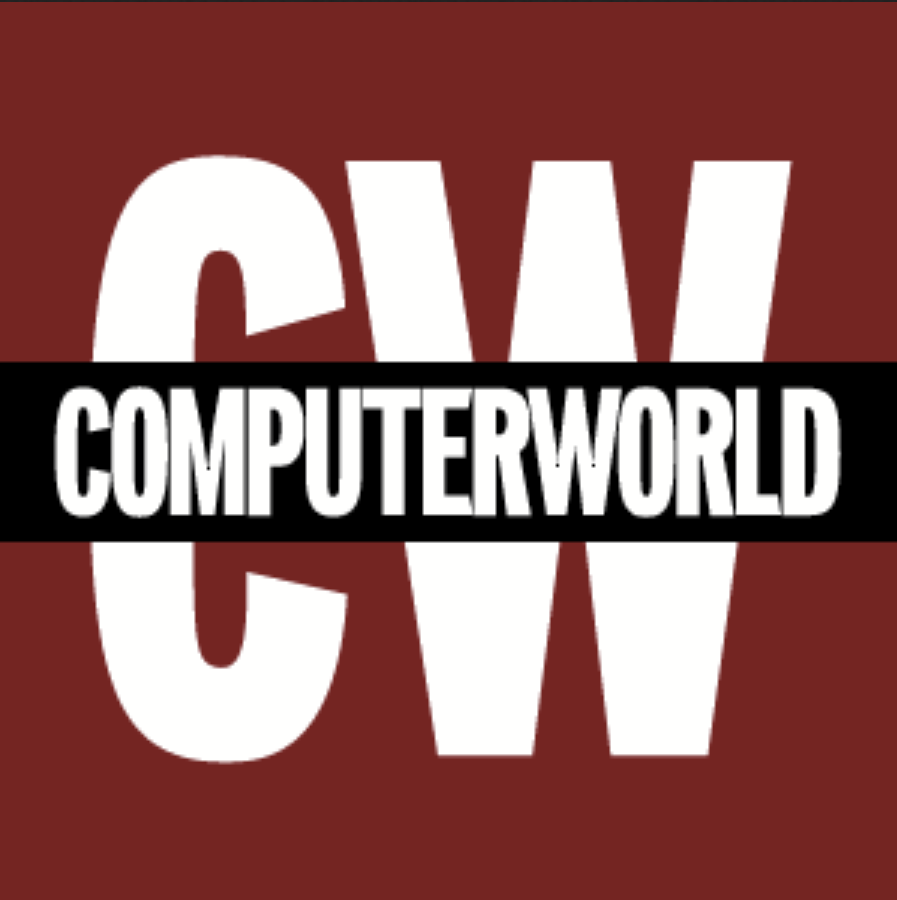
By Rob Enderle for COMPUTERWORLD
"If companies want their employees to embrace the potential of generative AI, they're going to have to make sure those workers actually trust it won't cost them their jobs."
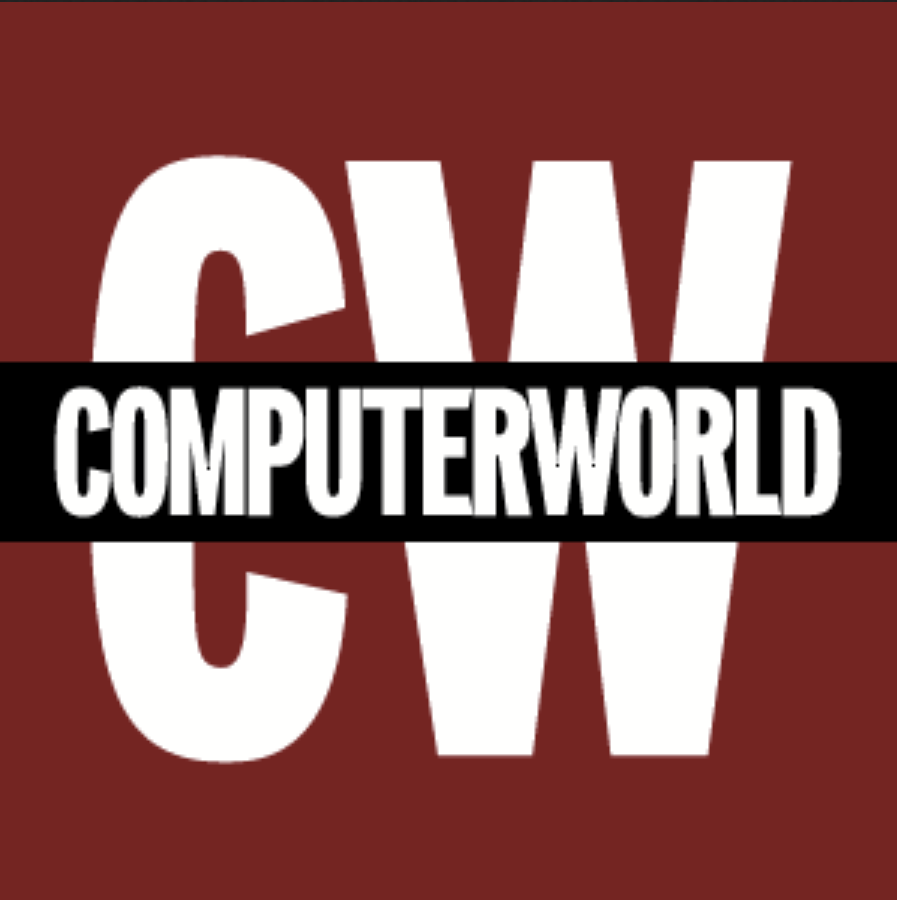
By Rob Enderle for COMPUTERWORLD
When one candidate accused the other of being a 'ChatGPT' candidate in this week's GOP presidential debate, he intended the comment as a slam. But maybe there's more to it than that.
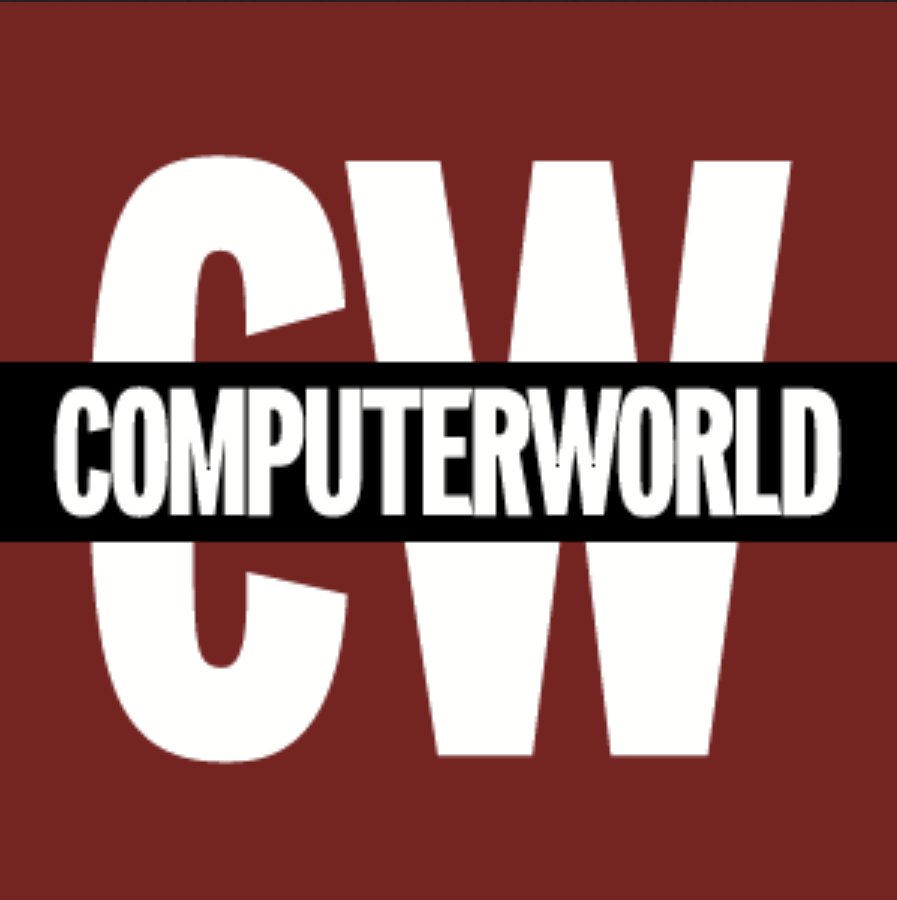
By Rob Enderle for COMPUTERWORLD
Work from home is failing, with more and more companies demanding their employees return to the office. AI-driven tools for onboarding and employee engagement could fix that.

By Rob Enderle for TG Daily
Generative AI has hit the world like a storm. Right now, it’s focused in either user tools like what Microsoft has supplied, or customer interactions and general operational assistance like IBM’s watsonx. It is certainly good that both of those companies are focused on using this to enhance us rather than replace us (the actor and writer strike comes to mind). Since I agree that enhancement should be the purpose of these tools, I’ll focus on implementations that make us better, not those that make us obsolete…
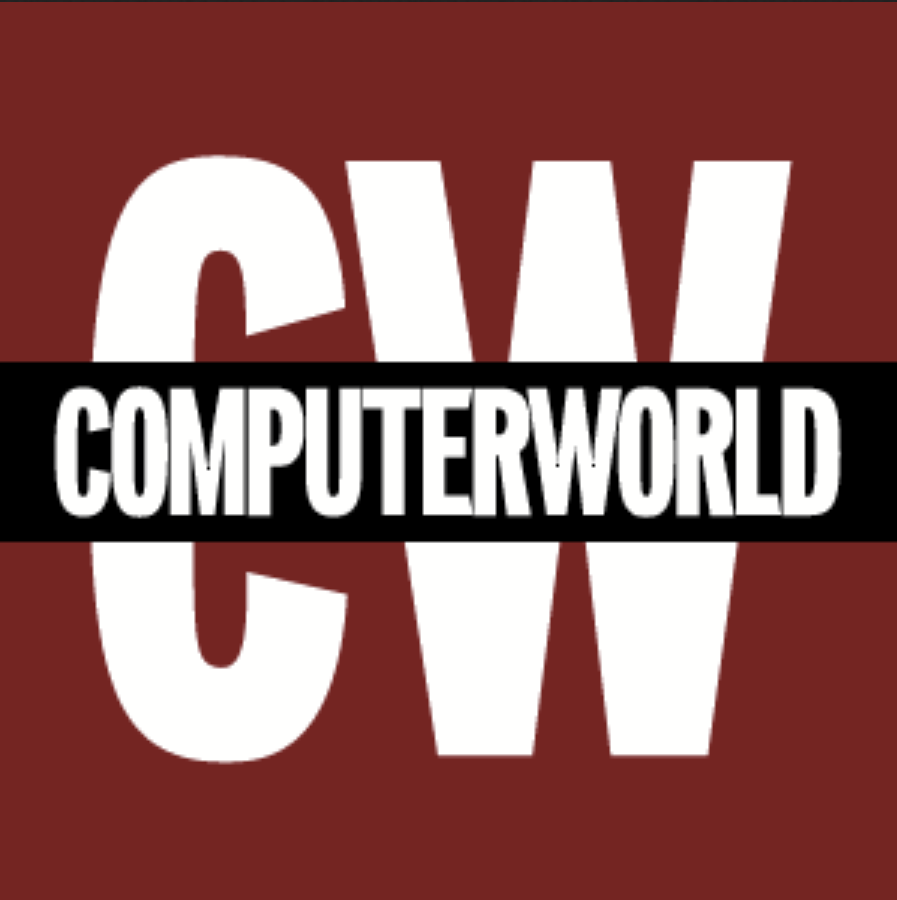
By Rob Enderle for COMPUTERWORLD
There's a lot of talk about how generative AI could boost productivity at companies in the midst of digital transformation. But moving too fast could make things worse.

By Rob Enderle for Tech News World
The move to aggressively place AI into all aspects of Windows will dramatically change the user experience over time. Let’s explore how Microsoft AI will benefit collaboration and user experiences.
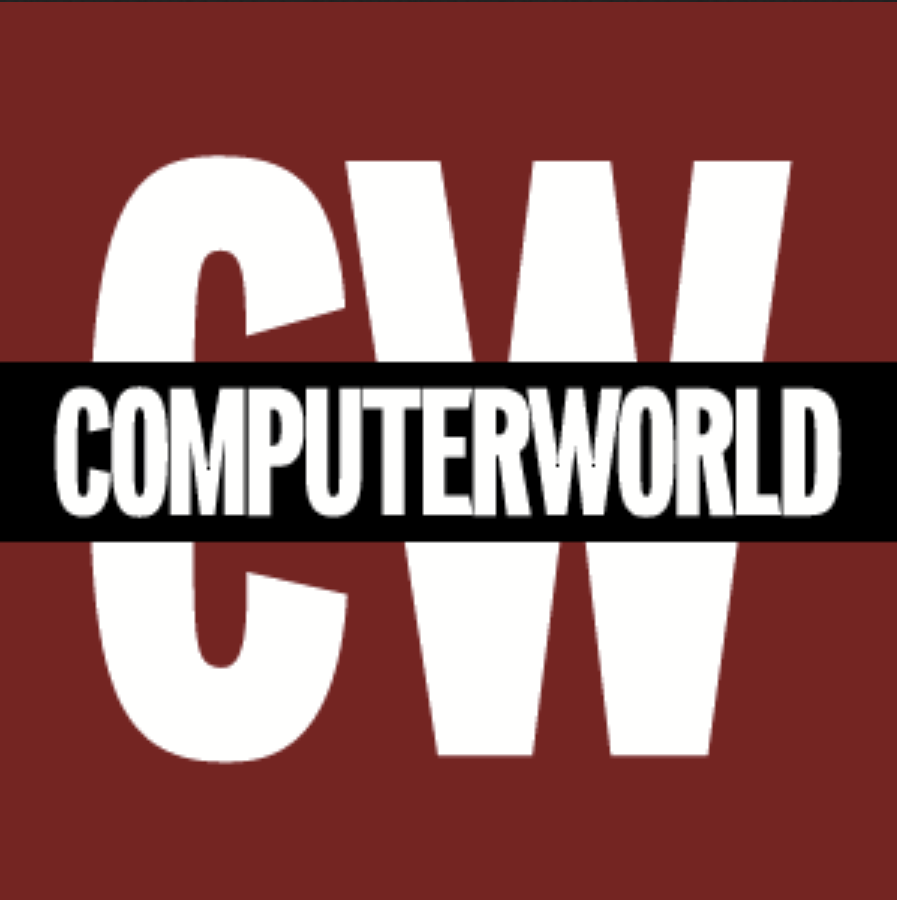
While AI-based tools could deliver a major boost in productivity and efficiency, there's a dark side to them, as well.
Generative AI continues to take the world by storm, but there are growing concerns this technology could, if not aggressively managed and regulated, do a great deal of harm. In addition to fears about the technology making decisions and doing things autonomously against our interests, other concerning aspects involve the related training sets.
Rob Enderle for COMPUTERWORLD

By Rob Enderle May 5, 2023
Last week, Cisco had an interesting session about the significant amount of AI development that is going into its networking gear. Cisco is moving aggressively from security solutions that are reactive to security solutions that take initiative to protect the data from where it originates until it arrives at its destination.

By Rob Enderle/ March 17, 2023
IBM’s mainframes aren’t the least expensive solutions in the market unless you take into account the risks they mitigate. Banks tend to be very frugal, yet they overwhelmingly favor IBM’s mainframe solution (at least the large banks do). This is because of a number of things: they are more secure and reliable, and when it comes to transactions, there is nothing that can handle the kind of load and financial risk that a financial institution has.
Particularly considering the recent Silicon Valley Bank failure, financial institutions also have huge compliance requirements, and IBM’s compliance capability is unmatched.
Let’s talk about why financial institutions and other firms that don’t want the excitement of a breach or outage favor IBM’s zSystem.
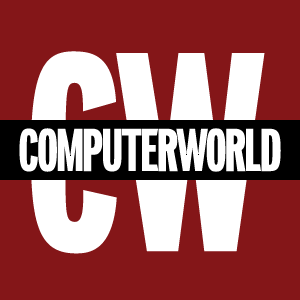
The arrival of AI in Microsoft apps, especially Office, could kick off a lot of creativity and — if we’re lucky — make Office a more coherent suite of tools
Written by Rob Enderle, read more at ComputerWorld

Power was once a peer to X86 technology along with a number of now obsolete processor platforms, but as those others dropped off and X86 became dominant, Power continued. Yes, it had to hit above its weight class in order to compete and remain relevant, but it did, and it continues to have some of the most loyal and outspoken customers today who appreciate what Power uniquely brings to the table.
The reason it has sustained speaks to both a weakness in X86 execution which allows for competing technologies to exist and a level of continued focus and execution by IBM that has enabled the technology to continue long after many thought it would be obsolete.
Let’s look at the surprising success of IBM Power this week on top of IBM's latest announcements surrounding the platform.
By Rob Enderle, Enderle Group

AMD’s historic place in the microprocessor ecosystem is as a second source for Intel. Some of AMD’s biggest problems have resulted from its being unwilling to remain second tier and Intel’s understandable reluctance to allow it to rise to peer level. AMD’s prior push to rise to peer status in the early 2000s ended badly because of AMD execution issues and Intel moving aggressively to prevent a favorable AMD outcome.
Rob Enderle delves into the recent rise of AMD, and the lessons to take away from the successes (and failures) of both companies.
By Rob Enderle, Enderle Group

We are surrounded by fake news, whether it’s from someone trying to discredit someone else, trick us into doing something not in our best interests, or convince us that a viable medical treatment is bad or a non-viable medical treatment is good. Particularly with videos and the emergence of Deep Fakes, we may increasingly see people we trust misrepresented and giving us bad advice or making us believe a false narrative. Worse, even if we later find that video is false, the impression it leaves with us may cause us to place or remove trust from a person or institution in error.
By Robert Enderle

Historically, ink-jet printers have been defined by both their ink cartridge configuration and their razor blade marketing model where the printers are sold at or below cost and the printer supplier makes its profit on supplies. The problem with this model is that it isn’t very sustainable. The cartridges are made of plastic which doesn’t degrade well, and the printing company is financially motivated to sell you more of them.
By Rob Enderle, The Enderle Group

CES is back. From the look of things, attendance is much stronger than it was last year, even though concerns about the latest Covid 19 variant have kept folks like me away again. What interested me early on was the contrast between NVIDIA's and AMD's keynotes. For once, NVIDIA’s CEO was absent (except as a virtual avatar) and the keynote was canned (and streamed). The AMD keynote was led by its CEO in person with an audience and was promoted by CES leadership.
Let’s contrast the two events and how the two once-similar companies are starting to significantly diverge in terms of focus and strategy. We’ll take a look at the advantages and disadvantages of each unique approach.
By Rob Enderle, Enderle Group

By Rob Enderle
This week was Qualcomm’s annual summit in Hawaii, and for once I’m not there, which is kind of a shame because it’s really cold where I live right now. However, on paper, the Qualcomm Oryon processor due next year could be the perfect competitive answer to Apple’s M1/2 if Intel’s coming little core/big core effort is late to market, which seems likely given Intel is undergoing a large layoff.
Oryon is based on Nuvia technology that has been somewhat problematic given ARM is suing Qualcomm for using the technology in what appears to be a suicidal effort designed to cripple this potential Apple competitor. But if launched successfully as expected in 2024, this processor could be a huge game changer.

By Rob Enderle / October 21, 2022
Typically, when you talk about powering an electrical device or car wirelessly, you are talking about inductive charging. This is generally accomplished by placing the device on an inductive charger or just over it. Inductive charging typically has a range measured in fractions of an inch, which makes it a far cry from Nicola Tesla’s vision of a world powered wirelessly.
But what if you could power or charge devices at a greater range measured in feet rather than fractions of an inch, and could deliver enough power over longer ranges to support wireless IoT sensors and do so relatively cheaply?

By Rob Enderle
IBM has held out the concept of a next- generation, digital assistant for some time. I once hoped that its partnership with Apple would result in a Siri upgrade to Watson that would finally make that poor AI meet expectations. Alas, Siri still sucks, but IBM and Soul Machines just announced they were releasing the IBM Digital Assistant, branded Digital Iris, at the Dallas/Fort Worth International Airport.

By Rob Enderle, September 30, 2022
Over the last decade, and partially as the result of a prior Intel CEO underfunding processor development while AMD remained focused, AMD has arguably passed Intel as the performance king in the segment. Ironically, given Intel’s dominance, they did this on both laptop and desktop systems. Intel is stepping up its game again, and we should see soon if its latest offering can close or even eliminate this performance gap. For now, though, AMD appears to be the performance king.
Let’s talk about AMD’s latest Zen 4 platform and its new AM5 platform which comes with a brand new, and far better, socket.

By Rob Enderle September 16, 2022
Often people tend to put Intel’s competitors into the same class as Intel and, increasingly, that is a mistake. I was reminded of that this week when I toured IDC Israel Development Center (IDC) Intel's and FABs. It reminds me of touring Panasonic’s hardened factory and then touring what was represented as a comparable effort by Panasonic’s most powerful competitor. Panasonic’s capability was more comprehensive and not only larger and far better equipped, but it also made the competitor’s effort look like the difference between Mercedes-Benz building a car and some guy building a kit car in his garage. But Panasonic didn’t market that difference so the competitor, which was cheaper, more powerful and far better penetrated into the segment effectively outperformed Panasonic in a market where Panasonic should have been preeminent.

IBM has just announced its IBM i System Subscription solution which has the economic benefits of a cloud service but still provides the security and peace-of-mind benefits of an on-premises solution.
Can you have your cake and eat it, too? With this service, IBM appears to be saying yes. Let me explain.
– Rob Enderle, The Enderle Group

The US Chips and Science Act took over a year of negotiations to pass and contain provisions that supply around $11B in semiconductor research and development. To begin to make use of this money, over 100 companies in the technology sector have come together to form the ASIC (American Semiconductor Innovation Coalition). This is a broad effort to help address the dire situation the U.S. Semiconductor industry is in because of the pandemic, Ukraine War, and China’s increasing hostility toward Taiwan. Let’s talk about ASIC this week.
– Rob Enderle, The Enderle Group
Years ago, while working at Giga Information Group, several analysts got together and created a service we loosely referred to as “events,” and then wrote about what we had captured as best practices over the years. With companies now going back to having in-person analyst events, I thought it would be handy to cover some of those best practices again to help companies improve the quality of their events.
– Rob Enderle, The Enderle Group

Let’s talk about how HPC and supercomputing are changing and how NVIDIA’s efforts are functioning to create a better world. This is all from Ian Buck’s (VP and GM of NVIDIA’s Accelerated Computing) keynote at ISC22.
– Rob Enderle, The Enderle Group

There have been a lot of discussions about bad store practices of late in which Apple ends up consistently in the hot seat for overcharging for services that are provided by the application developer, not Apple … In contrast, Microsoft has announced it will charge if you use Microsoft’s more reasonable financial services but, if you choose to implement a store from inside your app, you can do that for free. Thus, with Microsoft, you pay for the service you get and, as is generally the case in the real world, if you do it yourself, you don’t have to pay a “tax” to anyone for that privilege.
Let’s talk about the difference between Microsoft and Apple’s market approach in the context of this, admittedly, rather obvious better approach to building revenue.
– Rob Enderle, The Enderle Group

Cisco had an Environmental, Social, and Governance (ESG) event this week and one of their practices, focused on creating a 360 Ecosystem, is in sharp contrast to Dell’s Concept Luna in terms of approach. But the two approaches aren’t contradictory and could be layered to create an even more sustainable effort from both firms. Cisco is arguably the leader in ESG across the segment largely because they are, as a company, the most focused on making progress on a variety of fronts including homelessness and working with governments at scale to improve communications and governance strength.
Let’s explore that this week.
– Rob Enderle, The Enderle Group

AMD and Mercedes may be one of the most powerful and interesting technology racing partnerships currently in existence. AMD had a prior partnership with Ferrari, but it seemed to be more of a marketing relationship than an operational one. This time, the AMD relationship highlights one of the market advantages in terms of server performance, making it more powerful than the earlier effort. It showcases how these things both should and should not, be done.
Let’s talk about AMD, F1 racing, and Ferrari this week.
– Rob Enderle, The Enderle Group

HP was once one of the leading innovators in high-end video conferencing and collaboration with its Halo video conferencing effort. It was the first to wed high resolution video conferencing to a service that could link two sites at opposite ends of the world in a seamless experience. However, it failed and was sold to Polycom. Polycom was acquired by Plantronics, which had also been developing market-leading sound solutions for video conferencing rooms. Now, HP has acquired the combined entity which had been renamed Poly.
– Rob Enderle, The Enderle Group

Last week I attended the IBM event with Fast Company on its hybrid cloud solutions. IBM is unique in that it often populates events like this with customers who talk about how IBM’s solutions are used rather than the far less interesting performance metrics of new hardware, software, or networking solutions. This use of customers to create content is far more compelling than the usual vendor talking head, and, in terms of credibility, people who use a technology are far more credible than those who sell it. In short, IBM’s use of customers to tell the story has for some time been a best practice.
– Rob Enderle, The Enderle Group

Next week is NVIDIA’s big GTC event, and there will be a ton of content on AI, the metaverse, digital twins, simulations, graphics, and super-computing. It is also the definitive event on autonomous vehicles and robotics, and this is all happening during the Russian attack on the Ukraine which provides an interesting and troubling context to the future of safe driving. I’m specifically talking about the ability to avoid accidents and hostile areas even if you are out of range of a wireless network or that network is no longer functioning.
– Rob Enderle, The Enderle Group

TechTalk Summits is proud to announce our partnership with The Enderle Group. The Enderle Group provides an unparalleled look inside breaking technology events to identify the core reasons that buyers and builders of technology should care. Rob Enderle will be providing dedicated content to TechTalk Summit clients.